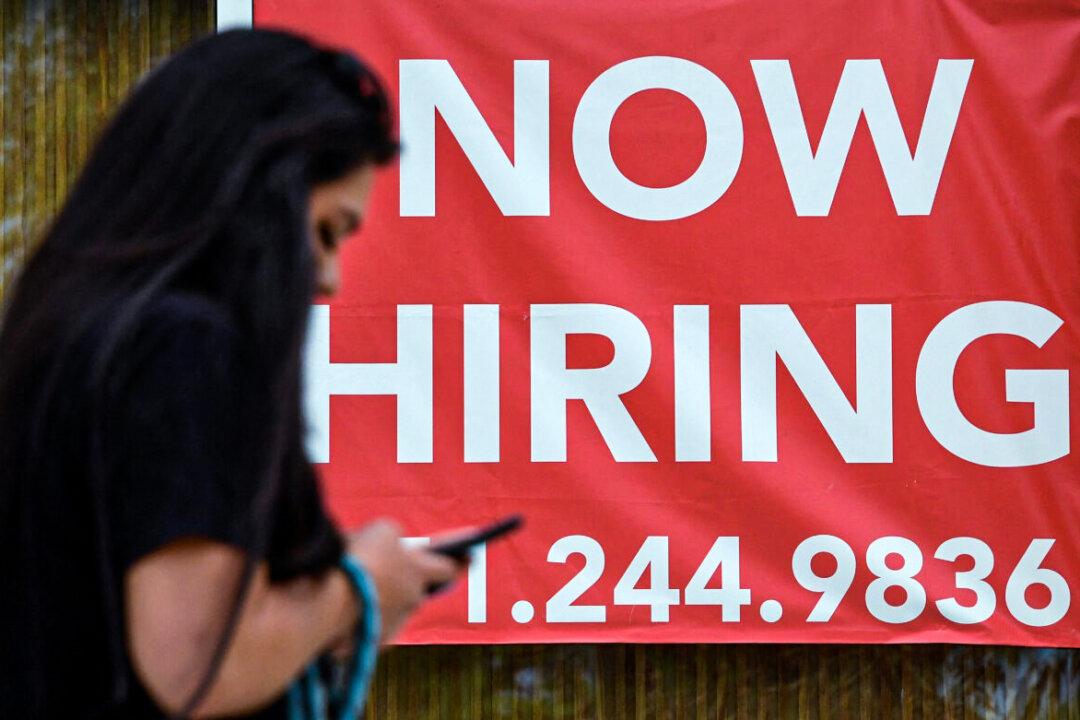The number of weekly jobless filings—a proxy for layoffs—dropped by 8,000 from the prior week to below pre-pandemic levels, delivering a fresh sign of continued tightening in the U.S. jobs market.
First-time filings for unemployment insurance fell to 198,000 for the week ending Dec. 25, the Labor Department said in a report (pdf). The four-week moving average of initial claims, which smooths out seasonal fluctuations and is often seen by analysts as a better indicator of broader labor market trends, fell to 199,250, the lowest level in 52 years.





